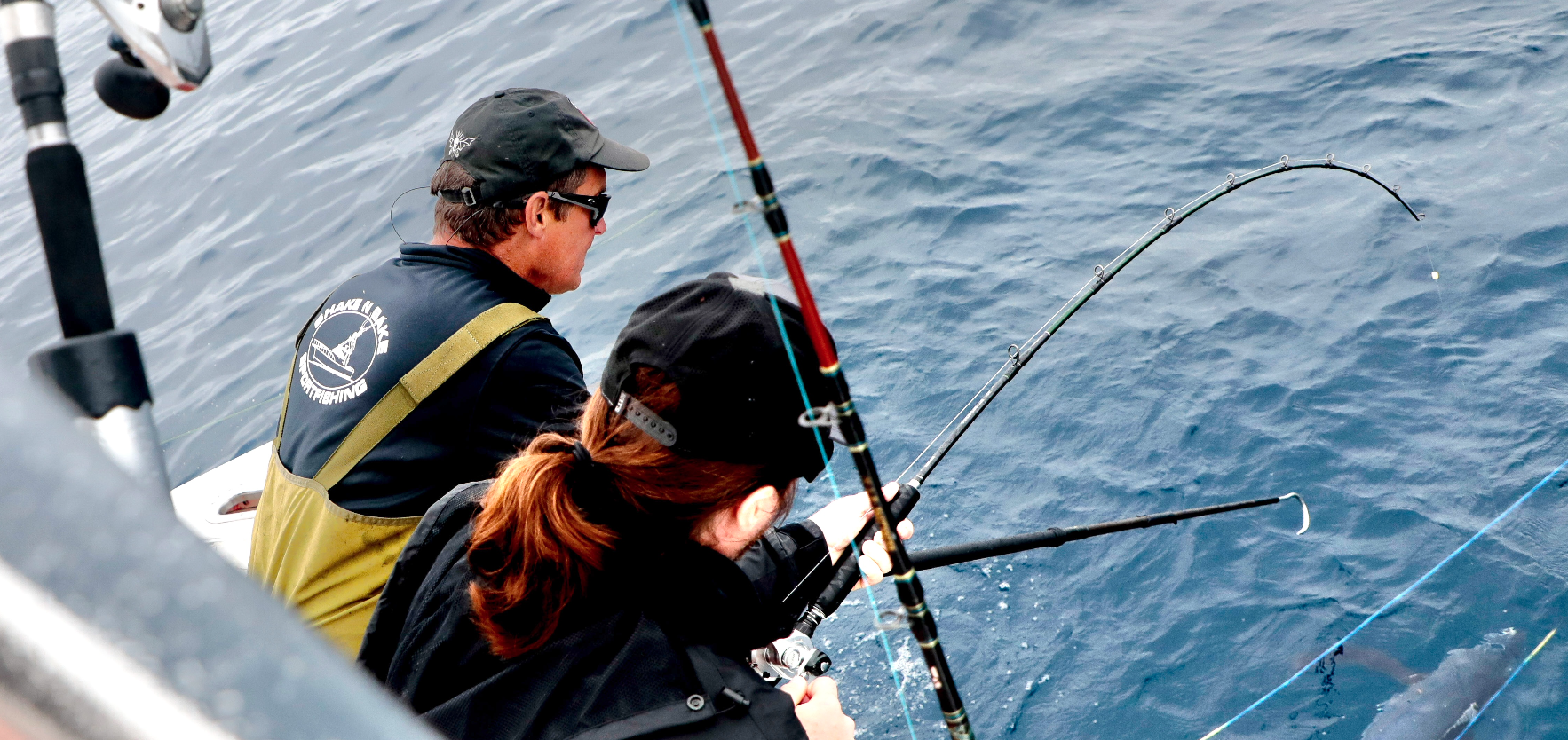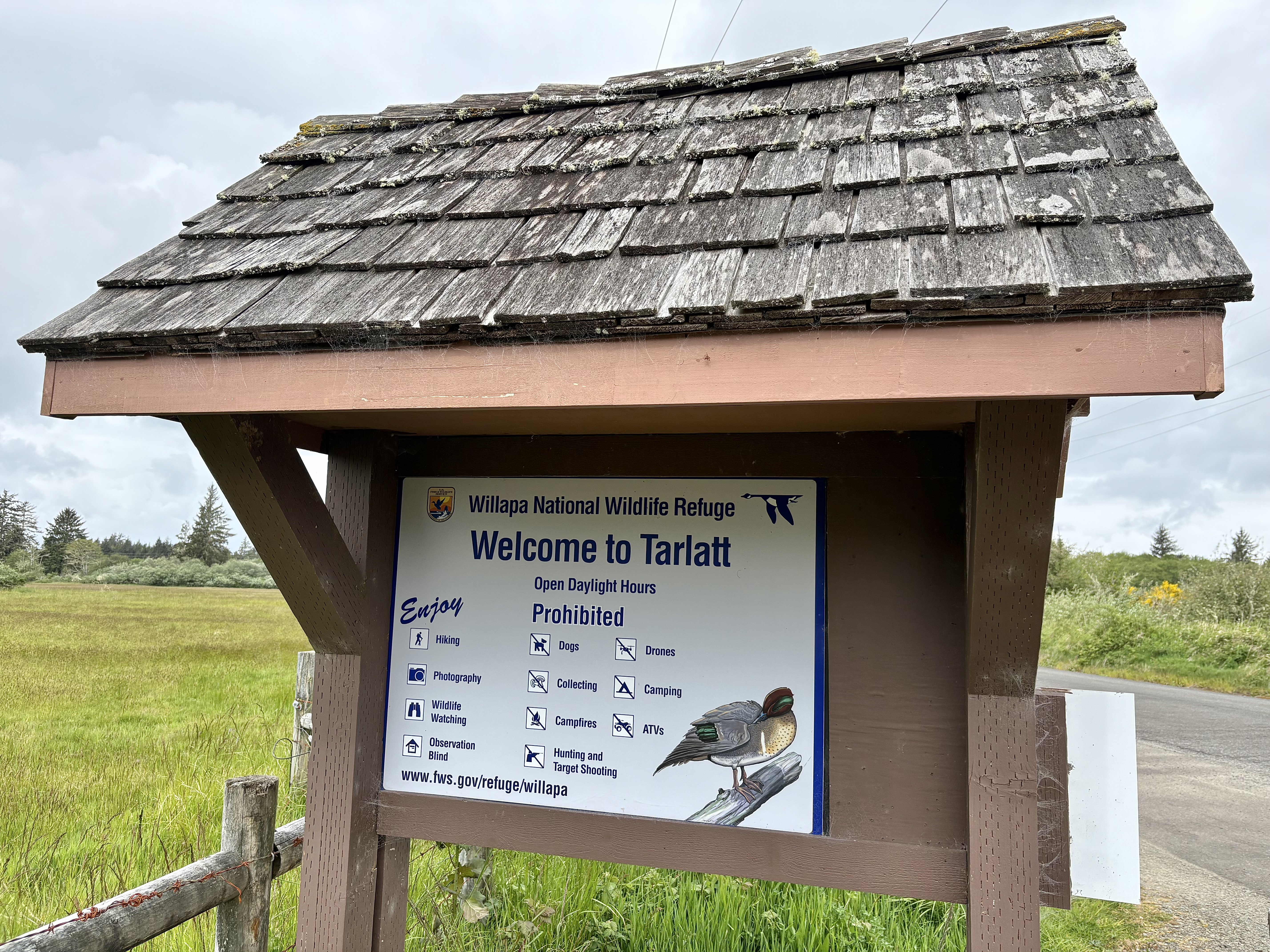Tuna season: The 2023 bite is on
Published 11:02 am Monday, July 31, 2023

- Albacore tuna, prized by fishermen for their firm texture and mild flavor.
ILWACO — The tuna bite is on.
Trending
The North Pacific albacore tuna season officially commenced over the weekend, kickstarting one of the region’s richest offshore fisheries with commercial and recreational fishermen reporting sizable schools of aggressive tuna less than 50 miles offshore.
Last Friday, Saturday and Sunday local marinas were busy as boats departed for blue water — warm water currents offshore that serve as highways for migrating tuna.
Seabreeze Charters F/V Legacy skipper Toni Wisner accounted for 48 tuna on their very first trip of the season on Sunday, July 30, a promising start for a charter fleet that intends to run 75 tuna trips between now and the end of September.
Trending
“The tuna were on the bite from the minute they started fishing and continued to bite throughout their 12-hour trip,” said Seabreeze Charter owner Steve Sohlstrom.
“The albacore were in close, making a short trip to the tuna grounds. They were also an excellent grade and size.”
Optimal conditions
North Pacific albacore, particularly juveniles (two to four years old), typically begin their expansive migration in the spring and early summer in waters off Japan, according to NOAA. They move into inshore waters off the U.S. Pacific Coast by late summer, then spend late fall and winter in the western Pacific Ocean. The timing and distance of their migrations in any given year depend on oceanic conditions.
Albacore are top carnivores, preying on schooling stocks such as sardine, anchovy and squid. They eat an enormous amount of food to fuel their high metabolism, sometimes consuming as much as 25% of their own weight every day.
The tuna are often caught trolling lures and then targeted using live bait once a vessel has settled on a school of aggressive fish. The action is often fast and furious.
Fishermen reported offshore water temperatures ranging from 62-68 degrees, which are ideal temperatures for migrating juvenile North Pacific Albacore.
“It’s warm and blue — and not very far out there. There could be fish 20 miles out there, because blue water starts pretty early,” said commercial fisherman Aaron Kelly, skipper of the F/V Open Wide.
“The fishing was as good as I’ve seen it in the last three years. We got almost 50, it was fantastic. We were about 45 miles out. It’s starting off really well.”
Warm water ‘exotics’
Among the abundance of albacore caught over the weekend were some rare catches, including a 26-pound bluefin tuna and a dorado, fish typically found hundreds of miles south in warmer waters.
“We were in a school fishing with live bait and it just took off. It took some time to get it in. We all thought it was a big albacore but were surprised it was a bluefin,” said Matt Jones regarding the bluefin tuna he caught Friday, July 28, while fishing roughly 45 miles off the Washington coast as a customer aboard F/V Shake N Bake. The current Washington state record bluefin, at 92 pounds, was caught off the coast of Ilwaco in 2019.
The dorado, also known as mahi-mahi or dolphin (unrelated to the mammal of the same name), are more commonly found further south, around Hawaii and the Gulf of Mexico. However, one was reeled in on Sunday, July 30, by Tim McCulloch off the Washington coast while fishing for tuna. The Washington state record dolphinfish (16.27 pounds) was caught by Albert DeSilva in 2013, according to WDFW.
“The water was up to 68 degrees, that’s really warm. We’ll probably see more exotic [fish] coming based on the water temps,” said F/V Shake N Bake skipper Craig Brewer.
Commercial hopes
A total of 7,255 metric tons of albacore were caught by commercial boats during the 2022 season in Washington, Oregon and California combined — more than double the 3,500 metric tons caught in 2021, which was considered a tough season overall. Washington ports accounted for the majority of the 2022 catch, around 4,204 metric tons, roughly 58% of the total. Oregon ports saw 2,828 metric tons, or 39%. California had 223 metric tons, or 3%. Each metric ton equates to 2,205 pounds.
In Washington, most of the 2022 commercial tuna was offloaded in Westport, where 95 vessels made 261 trips landing 3,561 metric tons, or 85% of the statewide total. Ilwaco and Chinook combined to account for nearly 10% of the Washington commercial albacore catch, registering 409 metric tons among 44 vessels and 144 trips. Washington averaged $2.19 per pound, generating $20.18 million in revenue in 2022.
In Oregon, Newport accounted for 61% of the landings, or 1,727 metric tons, followed by Coos Bay (582 metric tons, or 20%), Tillamook/Garibaldi (278 metric tons, or 10%) and Astoria (133 metric tons, or 5%). Oregon averaged $2.28 per pound, generating $14.24 million.
A historically bad tuna season, 2021 totaled a roughly 30 percent drop from the 20-year average. The worst commercial albacore season on record was 1991, when only 1,900 tons were caught. By 1995, the fishery had rebounded.









